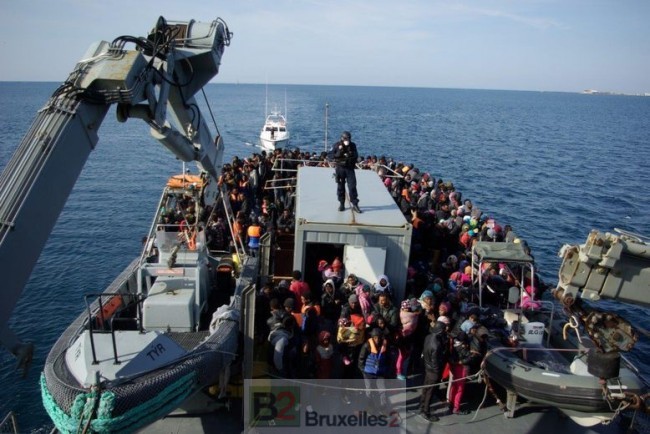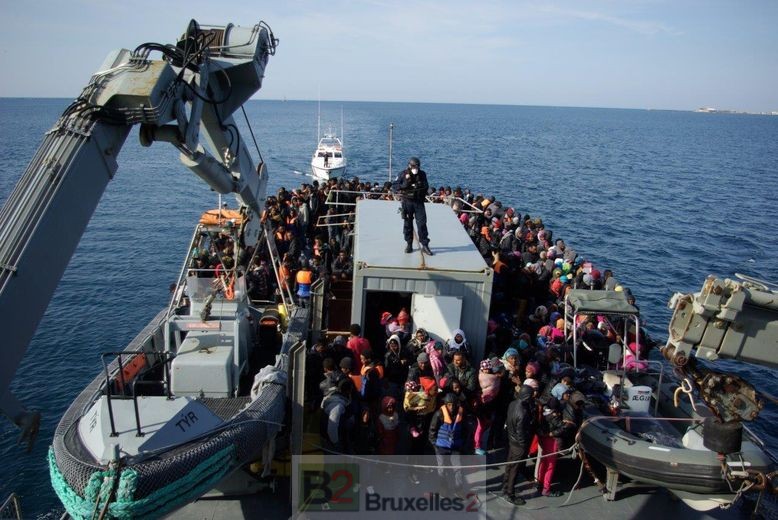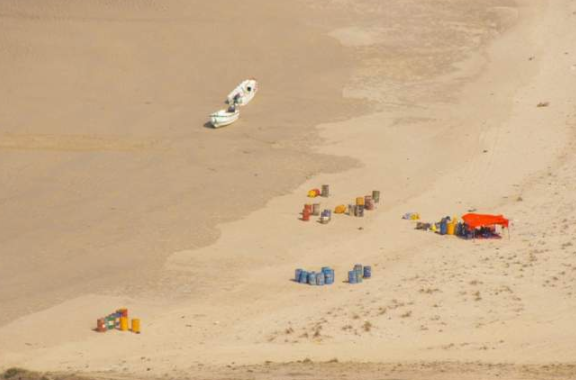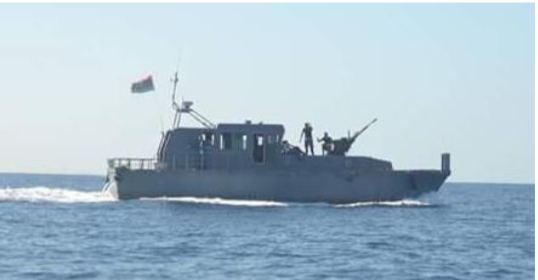Operation Triton in the Mediterranean: how many boats?

(BRUSSELS2 - exclusive) To know the number of real ships in the area in the "Triton" operation carried out by the European border control agency "Frontex", you really have to be patient and disentangle the true from the false.
Officially: 7 ships, 2 planes and 1 helicopter
Officially, according to the answer given to us, the Frontex agency coordinates the monthly deployment of " 3 high seas patrol vessels, 2 coastal patrol vessels, 2 coastal launches, 2 planes and 1 helicopter ». A very vague figure because it gives neither the nationality of the ships - and even less their name -, nor does it specify whether these means are present in the area permanently throughout the month. The explanation of these inaccuracies given by Frontex is that the means change from day to day (which is true) but also that it is a question of security, to avoid giving too many elements to the traffickers.
Italian and Maltese ships counted
This artistic vagueness hides a less happy reality. At least right now. The European Agency counts, in fact, the 4 Italian ships + 1 helicopter assigned to Triton, as well as 2 ships and 1 Maltese plane... Resources which must, in any case, be mobilized, Italy like Malta being responsible in their area for rescue and relief (SAR). These means are coordinated from the coordination center established near Rome, within the Italian Navy, the same one that was used for Operation Mare Nostrum (Read: Mare nostrum, Italian pride).
In reality: 1 ship and 1 plane
If we withdraw these national means, there remains, in fact, in reinforcement on zone only 1 ship: the Icelandic patrol boat Tyr (*) and a maritime surveillance plane. At the moment, a Dutch navy plane is on duty. For European solidarity, it's a little weak!
The action area
The mission's official role is to intervene in border control in an area around 30 nautical miles from the Italian coast. A debate had begun to know whether the mandate and the area of action should not be extended to Rescue and Relief in a wider area. In reality, this debate remains theoretical. Because the "Frontex" ships are already going beyond, to the very edge of Libyan territorial waters. Thus last week, the "Frontex" ships intervened 13 times to come to the aid of boats loaded with migrants and refugees, near these territorial waters... Libyan, within a limit of between 12 miles and 50 nautical miles from the Libyan coasts, according to our information (read: Frontex boats under fire from Kalashnikovs. A threat to rescue operations in the Mediterranean). This means that the limited zone of Frontex has already been crossed...
A financial contribution
The main element of European solidarity is, in fact, financial. With a monthly budget of 2,9 million euros, the Frontex agency almost completely finances a good part of the air resources and the Icelandic ship. And it partially finances the Italian ships which are assigned to the European operation. This thus allows the Italians and Maltese, placed on the front line, in rescue operations as in the fight against immigration, to reduce their bill somewhat. The other added value of the European Frontex Agency are the "asylum" experts that it makes available to the countries concerned. Five teams (teams) of 2 experts + 1 interpreter are responsible for collecting information on the refugees in Sicily, carrying out a screening methods on migrants and refugees who have arrived and reports. A commitment which nevertheless remains modest when we know that the only military operation Mare Nostrum, when it was in operation, cost the Italian budget 9 million euros per month on average.
Commentary: we therefore understand how much the doubling or the tripling the financial means would be interesting. Because it would allow Frontex to have the same means as its predecessor Mare Nostrum.
(Nicolas Gros-Verheyde)
(*) A country that is not a member of the European Union but which is a member of the Schengen area and participates, as such, in the activities of the Frontex agency.
Lire: Drive the migrant ships to the coast. The new tactics of migrants (Maj3)



